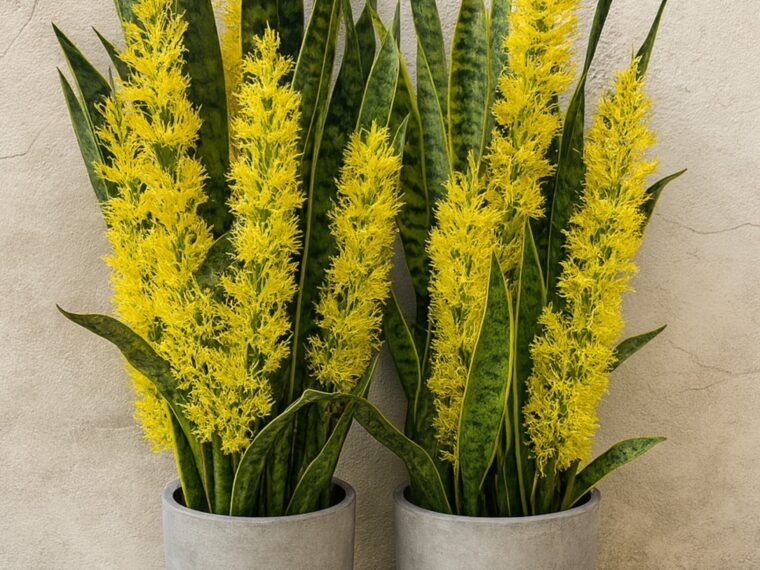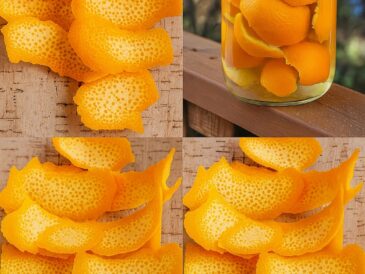5. Don’t Fertilize in Winter
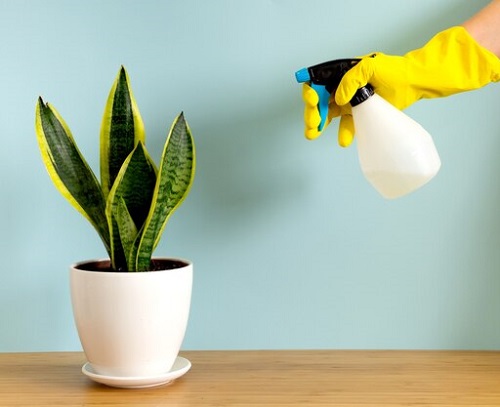
Fertilizing snake plants in the colder months of the year is a surefire way to kill them!
If you are wondering why, it is because most succulents go dormant after summer, in fall, and winter. Too much feeding or watering during this rest period can do more harm than good, often leading to root burn and eventually killing your plant.
In winter, focus more on giving the plant light and warmth instead of food—think of it as your snake plant’s resting season.
6. Fertilize Only During the Growing Season
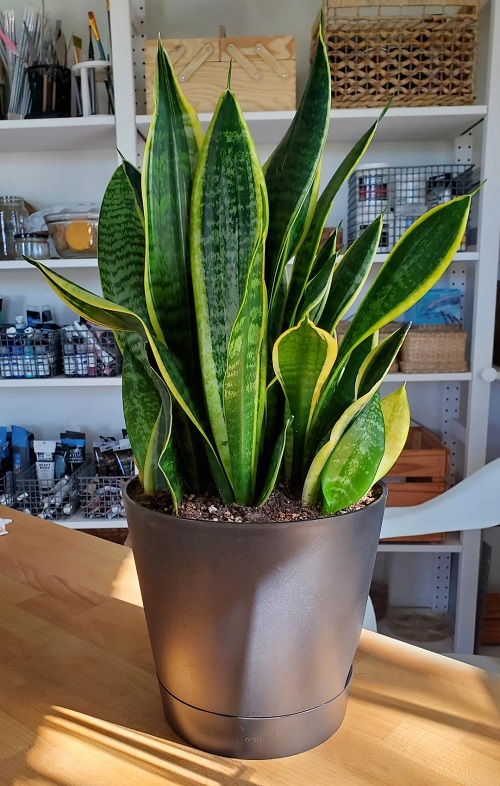
So, always follow the rule of thumb of fertilizing once a month during spring and summer, and take care not to completely drench the snake plant soil in fertilizer. Make sure any excess water drains out to prevent root rot.
7. Be Cautious with Organic Fertilizers
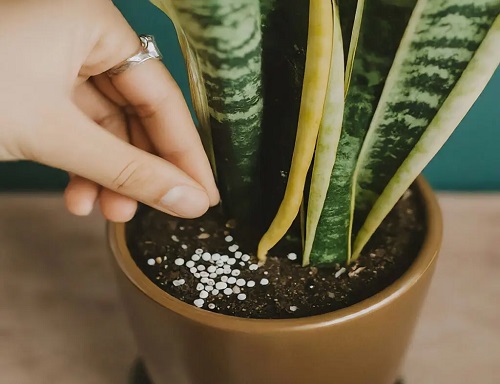
You must have heard people swear by organic fertilizers like “fish meal”, “blood meal”, “worm poop”, etc. While these may be environment-friendly, they are not as rich in plant nutrients as you might think. Plus, they can be pretty pricey!
Basically, if you are only worried about being environmentally responsible, you would be perfectly fine using inorganic fertilizers too, as long as you don’t dump them down your drain or your local river.
8. Slow Breakdown Isn’t Ideal Indoors
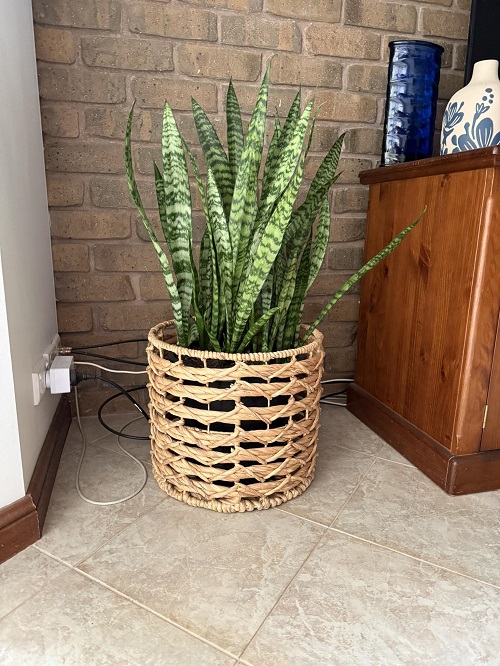
Organic fertilizers tend to break down slowly, which is not always ideal for potted indoor plants like snake plants that thrive on precise, controlled feeding.
9. Sunlight Decides the Feeding Schedule
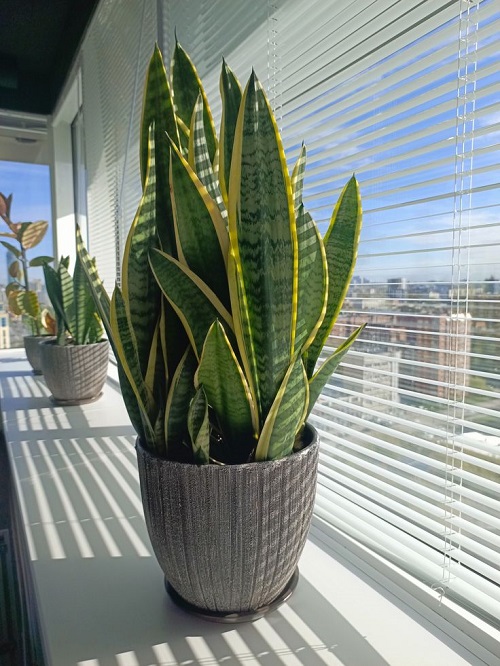
We know you want to make a particular schedule for feeding, but unfortunately, your snake plant won’t really appreciate that. How often you fertilize depends on how much light the plant gets.
For example, near a south or west-facing window, fertilize every 3 months. Near a north-facing window: fertilize twice a year. In low light: fertilize only once a year.
10. Light Impacts Nutrient Use

Still confused? Well, a plant growing in high light generally gathers more energy and uses nutrients faster to support its growth. On the other hand, one in low light takes in nutrients more slowly and doesn’t need a boost very often.
11. Watch for Signs of Overfeeding
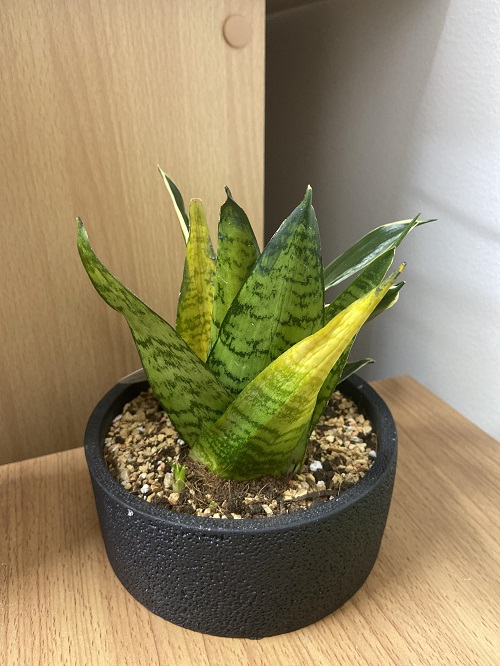
These guidelines reduce the risk of overloading your plant with nutrients, which can often lead to nutrient toxicity or fertilizer burn. The most common symptoms of this are crispy leaf edges or sudden yellowing of the leaves.
So, before you reach for the fertilizer bottle, check how much light your snake plant is soaking in—feeding without enough light is like offering a buffet to someone who’s already full!
So, these are the top five things you should follow when fertilizing your snake plant to avoid burning the roots or killing it. Do you follow any special hacks? Let us know in the comments below!
